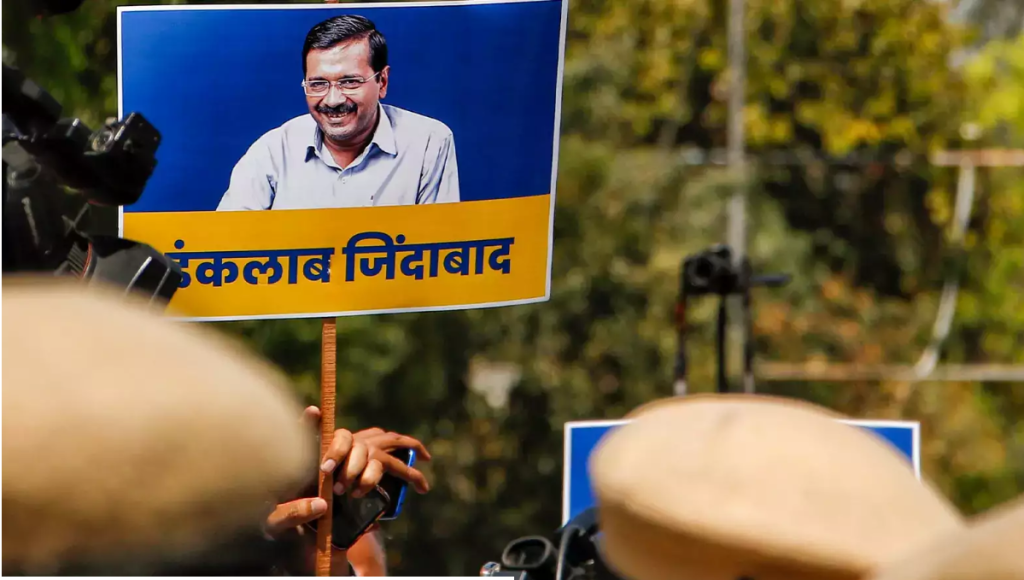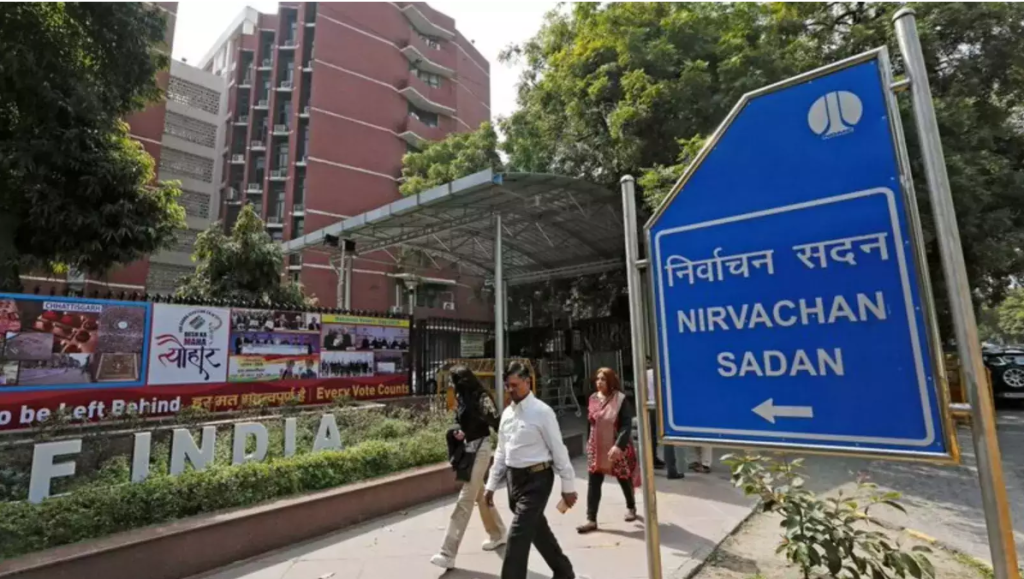Inclusive finance—giving loans to everybody, including the poor—is desired by politicians in India, and in all democracies. Yet the current US financial crisis shows the perils of taking this goal too far.
The crisis arose from the bursting of a housing bubble. That bubble was created, fundamentally, by government policies and institutions seeking home ownership for all Americans, including low-income ones. Politicians rooted for such inclusive finance. But this “inclusion” extended finance to ever more borrowers with fragile and low incomes, causing disaster. This holds lessons for India.
Wall Street investment banks like Lehman Brothers and Merrill Lynch have been pilloried, rightly, for magnifying the bubble. Yet they did not create it—that job was done by politicians and government-backed institutions.
The biggest Wall Street firms were pygmies compared with two quasi-government entities, Fannie Mae and Freddie Mac. These two held mortgages and other assets totaling $ 5 trillion, five times India’s GDP. Fannie Mae was created by Roosevelt to shore up the housing market in the Great Depression. Freddie Mac was created later to compete with Fannie Mae.
Although they had private shareholders, these firms carried an implicit government guarantee. So they could borrow much more and more cheaply than rivals. This implicit subsidy was justified as reducing the cost of home loans for all. These institutions bought and underwrote mortgages originated by the whole banking system. This reduced risks for banks, enabling them to spread homes loans far and wide.
Now, as mortgagers of last resort, Fannie and Freddie should have kept a watchful eye on the housing market. If a bubble grew and burst, they would be left with many worthless mortgages. But instead of being watchdogs, the mortgage twins became active participants in inflating the bubble. Many experts warned that the bubble would burst. These warnings were ignored by politicians, who refused to rein in the bubble-makers. Legislators cheered the housing finance boom for making housing available to all.
Politicians had long created special incentives for home-owning, starting with the creation of Fannie and Freddie. They mandated tax-free interest on all first mortgages, and on the first $ 100,000 of second mortgages. This encouraged Americans to own houses (and get tax breaks for monthly interest payments) rather than rent accommodation (rent payments were not tax deductible). Capital gains tax was waived for the first $ 500,000 of profits from home sales. If a buyer provided 20% of the cost of a house, the balance of 80% from banks was insured by a federal agency, lowering the interest rate.
Next came a financial innovation—securitization. Instead of keeping mortgages on their books, banks sold these to Wall Street firms that chopped them into bits, bundled top-grade mortgages with dubious ones, and sold the bundles as mortgage-backed securities to investors. These securities gave relatively high returns, yet appeared safe because they were backed (and bought) by Fannie and Freddie.
As securitization grew explosively, banks lowered lending standards to shovel out ever more subprime loans to poor borrowers, without verifying their income, assets or ability to repay. By 2006 they were giving NINJA (No Income, No Job or Assets) loans. Many banks offered teaser loans with low interest for a short period followed by soaring rates, attracting poor borrowers who didn’t realize what they were getting into.
Why did banks take such risks? Because the risk was transferred to investors who bought the loans and mortgage-backed securities, including Fannie and Freddie. The buying spree of the supposed watchdogs yielded them high profits when home prices rose, but made them bankrupt when home prices started falling. The government had to take them over.
Experts like Alan Greenspan had warned over the years of the risks of concentrating such huge financial power with such light regulation on Fannie and Freddie. Breaking them into smaller entities, subject to stricter regulation, was urged by many reformers. But Fannie and Freddie hired lobbyists to resist reform. Major recipients of campaign finance from employees and political action committees of Fannie and Freddie included Barak Obama ($125,000), Hilary Clinton ($ 75,000) and Senate Banking Committee chairman Dodd (over $165,000).
The strategy worked: the mortgage twins remained unfettered even when, in full public view, they bought subprime mortgages and inflated the bubble. Many politicians supported subprime mortgages as worthy loans to the needy, not realizing the consequences. Subprime mortgages are only 6.8% of all mortgages, yet add up to a massive $ 1.3 trillion.
In sum, financial inclusiveness is fine in small doses, but leads to disaster on a really large scale. India is just at the start of financial inclusion. But as it prospers, political pressures for cheap loans to the poor will grow. The lesson from the US is that inclusive loans on a sufficiently large scale can sink the whole financial system.
So, the poor and needy should be given grants, not loans that they cannot repay, or may be encouraged by politicians not to repay. We have already received warning of this from the fiasco of IRDP, India’s first inclusive loan programme in the 1980s. The US crisis drives home a similar lesson.




